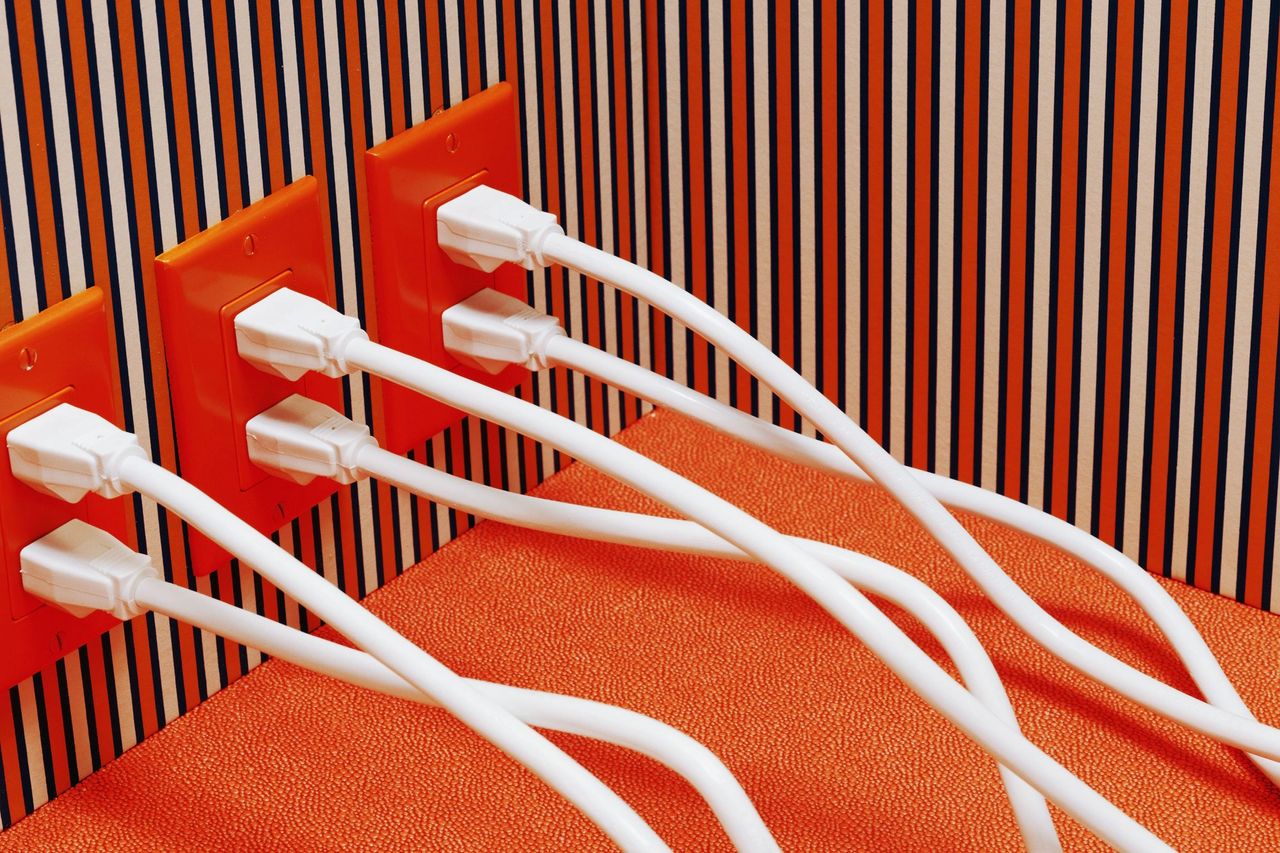IO NEWS
Flattening the Curve: Our Virtual Home Workspace and Power Plant
Even before times of Coronavirus and COVID-19, the idea of "Flattening the Curve" has been around in society. For those within the Sustainable Energy industry, this has been an increasingly important priority for years. However, instead of the curve representing an infection rate, the curve represents the overall energy demand within a utility power grid.
In an excellent video from Vox, seen here, we learn that an imbalanced energy demand curve may be considered one of the greatest challenges towards the adoption of 100% renewable energy.
The problem for green energy enthusiasts is that most renewable power, such as solar and wind, is variable and intermittent. More so, these energy sources often do not produce power during times of the day where that power is needed most. Traditionally, our utility grid realizes the highest energy demand during four to nine PM. Solar production, however, peaks around noon.
In the past, the utilities have not been able to effectively store this afternoon clean energy for the later parts of the day. This creates something called a "duck curve." The name originates from the visual similarities of the curve to that of a duck.

Power companies have created programs called "Net Metering" and "Time of Use" to attempt to solve this demand curve problem through behavioral change, similar to how our governments have created social distancing to flatten the COVID-19 infection curve. Power is cheaper in the afternoon, which might prompt more usage. Power is expensive in the evening, with the hope that people would use less during this time.
However, with the increasingly rapid pace adoption of renewables and solar, time of use rates often are not sufficient. In California, according to Cal ISO, from January to March of 2020, the state has been forced to curtail, or turn off or discard, solar energy production. How much energy? 475,000 Megawatt Hours. This is a LOT of clean energy. Look here for a good video from California ISO.
Why does California do this? In short, there is simply too much energy in the grid at certain moments. When the supply significantly overshadows the demand, grid instability is created. This imbalance of supply and demand is being exaggerated due to the COVID-19 crisis, as the overall demand nationwide has decreased, and traditional consumption patterns have been altered. The process of curtailing, or discarding, solar energy, can also be an expensive ordeal. The average price of energy, during these oversupply events, can go into negative digits, as seen historically here! California has even paid Arizona millions to take our extra clean power, as seen here!
We clearly need an innovative solution because the rate of adoption of renewable and solar energy is not projected to slow down. If anything, since solar is now mandated for new residential homes in California, as seen here, the duck curve problem will only become exasperated. Facing this reality, the utilities will be promoting for the adoption of a new net metering protocol called NEM 3.0. As seen here, this could significantly discourage future solar adoption. Within a NEM 3.0 world, the utilities will gain direct access to solar panels, enabling them to turn them off during times where they have too much demand. Some States, such as Hawaii, even go as far as to disallow solar arrays to export any extra energy back into the grid whatsoever through not allowing Net Metering.
Just as the home has become our new virtual workspace during the COVID-19 crisis, the home has the potential to become our new virtual power plants! Batteries help, through storing the extra solar energy during the afternoon so that it may be used in the evening, but are not a complete solution. We need our communities to be virtually connected through the creation of residential nanogrids.
Nanogrids and Demand Response Microgrids differ from traditional solar plus battery systems because they can respond to utility demand and can be aggregated holistically. When smart controls and smart panels turn on or off individual building circuits, and when batteries are discharged or charged strategically, our utilities can rapidly flatten specific dips and valleys of the curve. A pilot in Colorado proves that this approach is feasible.
- "'Traditionally, we’ve delivered electric service over a one-way transmission and distribution grid from centralized power plants to relatively passive consumers,' says Bryan Hannegan, CEO of Holy Cross Energy, a small nonprofit utility that services Basalt, Aspen, and other nearby communities in Colorado. 'That architecture is changing dramatically and consumers are now producing as well. Power plants are no longer large and centralized; they’re numerous and distributed.'"
When our society moves away from one way power grids to two way "smart grids," we unlock a new and resilient paradigm towards sustainability. Instant ON (IO) insists on this type of resilience. If energy storage is to become widely adopted, we must make it useable and deployable by our utilities. IO's "Energy as a Service" pilot with All American Homes in Perris California will be designed as a template for future connected communities and DR Microgrids throughout the United States. Read more about IO's project here.
For more information about IO's approach, contact Instant ON here.
Follow us on Youtube for our weekly Friday live streams here.
To receive our weekly news updates, enter your email here.
Follow us on Linkedin here.
Follow us on Facebook here.
Published by David Perzynski on 4/10/2020.
